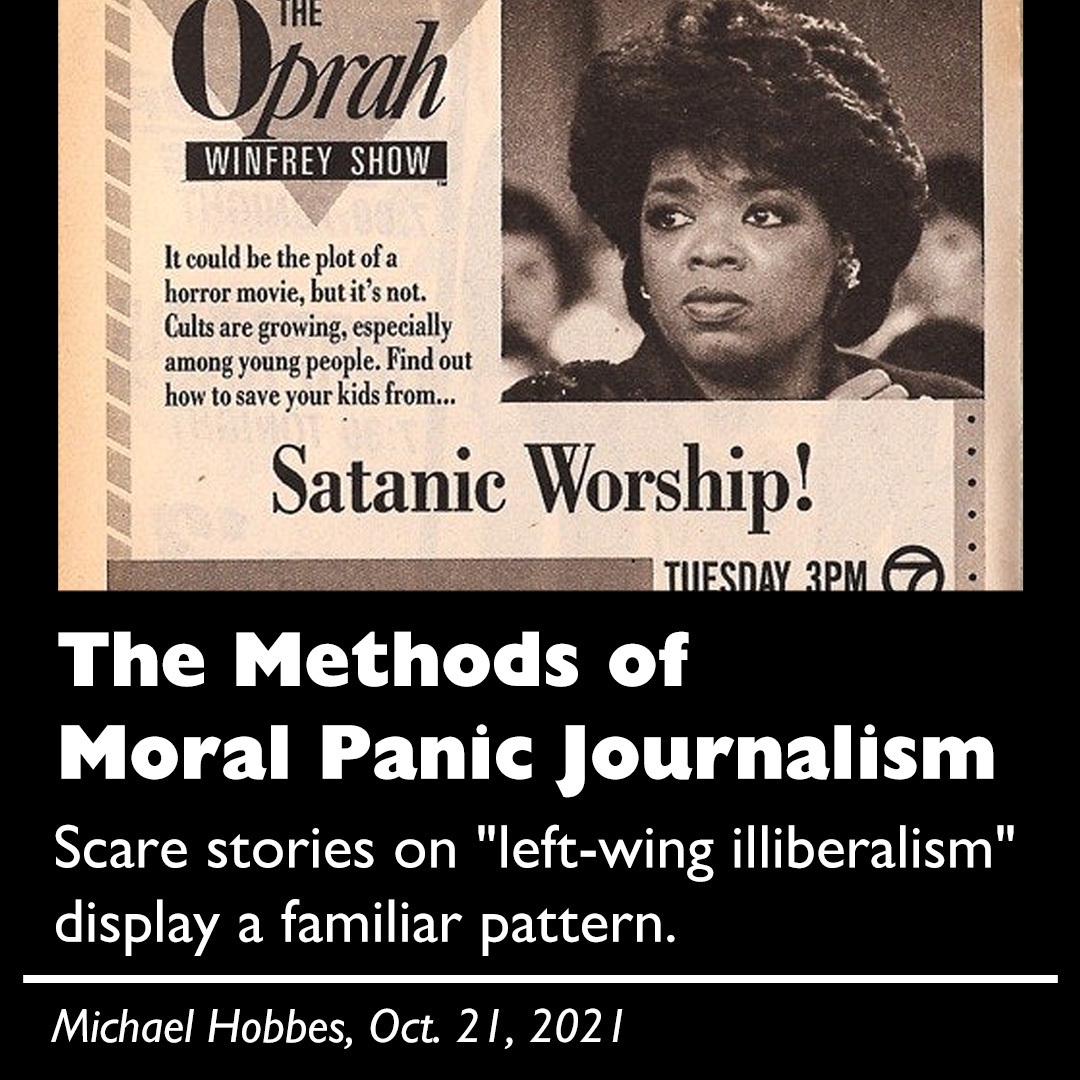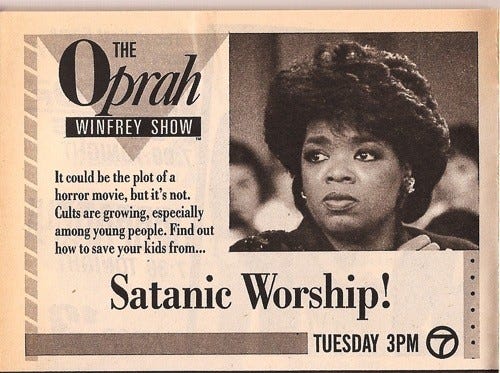
The Methods of Moral Panic Journalism / Oct. 22, 2021
During the 1990s, the media convinced Americans that frivolous lawsuits were out of control.
The canonical example was the 1994 “McDonald’s hot coffee” case. In the mythic version, a woman spilled coffee on herself while driving, received minor injuries and then got rich by suing the fast food chain that sold it to her. In reality, 79-year-old Stella Liebeck wasn’t driving, suffered third-degree burns over 10% of her body and only decided to sue after McDonald’s refused to pay for her medical care. Liebeck’s jury award of $2.9 million made headlines, but the punitive damages were almost immediately knocked down to $640,000. She ended up settling with McDonald’s for even less.
Looking back nearly 30 years later, the most remarkable thing about the McDonald’s case is that all of these debunking details were available at the time. The very first AP story about the case noted Liebeck’s severe burns and McDonald’s refusal to pay damages. Within weeks of the verdict, the Wall St. Journal published an A1 story in which jurors said they had initially been skeptical of Liebeck’s motives, but changed their minds after learning that McDonald’s sold its coffee so close to boiling that it had caused at least 700 other severe burn cases in the previous decade.
The real story of the McDonald’s case was always available, it just didn’t matter. By the time the Liebeck verdict came down, Americans had already spent nearly a decade hearing about ambulance-chasing lawyers, “jackpot justice” awards and the debilitating “tort tax” on American businesses.
Read more: https://michaelhobbes.substack.com/p/moral-panic-journalism
———
#USPol #CultureWars #CancelCulture #AttentionEconomy / #fz_links
